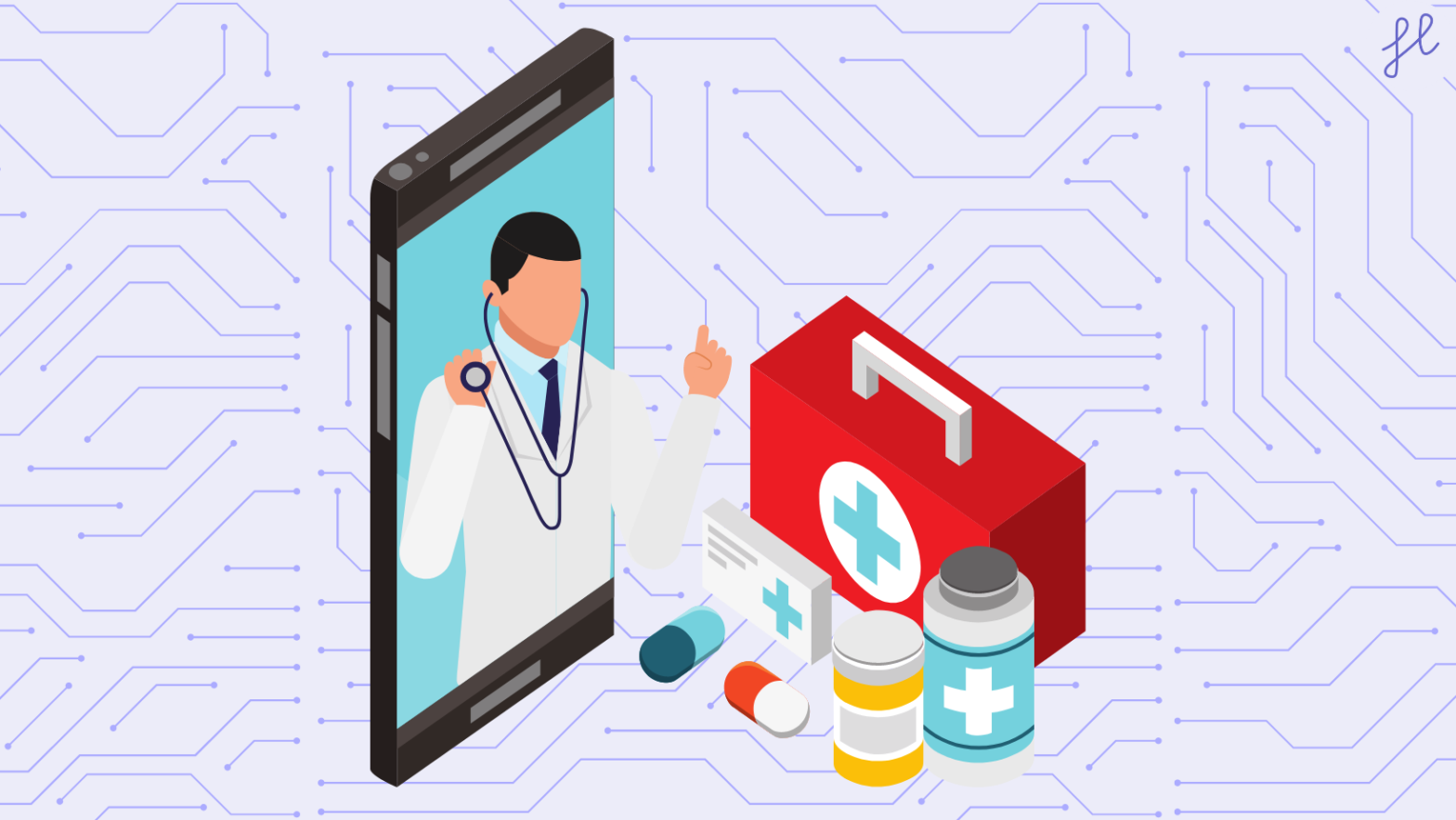Healthcare organizations face several challenges, one of which is the need to integrate their data with existing systems. As a result, they’re left with outdated tools that do little more than inhibit their ability to provide the best care possible. But there is another challenge healthcare organizations face: how do they ensure their providers can collaborate efficiently?
Walk-Through of Background
To fully understand why healthcare needs purpose-built solutions, it’s important to understand the past and present of healthcare IT.
In the beginning, there were paper charts. Then came EHRs (Electronic Health Records), which became widely used in hospitals and clinics as an efficient means for storing patient information and distributing that data between care providers. Today, HIE (Health Information Exchange) applications are making it possible for patients to access their records online—at home or on vacation—and send them securely to doctors when they need new prescriptions filled or want a second opinion about their symptoms. These technologies have helped streamline communication within the healthcare system by providing a more reliable way for providers to share data on demand, but they’re still not well suited for what’s coming next: true collaboration between patients and providers across different systems.
Integration with Existing Systems
One of the most important factors in determining a healthcare organization’s success is the integration of its collaboration solution with existing systems. The following are a few examples:
Integration with EHR. A purpose-built collaboration solution should be able to integrate seamlessly with an EHR, especially if you plan on using it as part of your BYOD strategy. This will allow for better visibility into patient data, including progress notes and orders. It will also help simplify the process of charting, which is key when trying to determine how well your providers are doing in reaching their goals.
Integration with telephony and alarm management systems: In addition to integrating with an EHR and Patient Management System (PMS), two additional types of integrations that can prove extremely beneficial for healthcare organizations are; alarm management and clinical communication (CC). Alarm management will allow you to see all alarms across departments—whether they’re from equipment or patients themselves—and CC allows doctors, nurses, and other staff members to stay connected through voice-over IP calls or video chats so they can collaborate more easily than ever before!
Partnering with the Right Technology Provider
The right technology partner will help your organization achieve its goals by providing an integrated, flexible and scalable platform that can be adapted to meet changing market demands. In other words, the best technology provider for healthcare is not one who offers a particular product or service but rather one who understands healthcare’s unique needs.
If you are considering partnering with a technology provider, look for the following three qualities:
- An understanding of your industry and its challenges;
- A deep understanding of B2B collaboration best practices; and
- The ability to implement solutions that meet these best practices—whether it’s an existing solution or something custom-built from scratch.
Healthcare organizations require a powerful and purpose-built solution that addresses their unique needs. Without one, they’re left to use outdated tools, which do little more than inhibit their ability to provide the best care possible.
That’s why purpose-built solutions are so important in today’s healthcare industry. They allow providers to leverage technology for greater outcomes and efficiency, ensuring that patients get the support they need from those who know them best: their caregivers.
A purpose-built solution can help healthcare organizations improve patient care by providing doctors with immediate access to clinical information during critical moments at the point of care; delivering alerts when an adverse event occurs; improving workflow processes; reducing readmissions, duplications of tests and, unnecessary procedures; supporting meaningful use requirements; enabling interoperability between providers within a region or across state borders; providing rapid adoption so that staff can begin using these new technologies right away without having to wait for training on how to best utilize them.
The HosTalky app that is coming soon to the healthcare industry is an example of a support system for the healthcare industry. This app will help enable efficient workplace communication for healthcare workers in any industry as it will give them a designated platform to coordinate with their colleagues and new medical professionals. This technology is made specifically for healthcare workers for worker-to-worker communication, and when utilized by hospitals and large medical institutions, HosTalky can help healthcare workers create a new kind of future regarding healthcare worker communication.
Key Takeaways
Healthcare providers need technology solutions that are built for collaboration and communication between patients, physicians, clinical staff and others involved in the healthcare process. These tools can help improve patient outcomes by allowing them to access information from any location at any time—no matter where they are in their treatment plan or what type of device they use.
We hope you enjoyed this article, and be sure to let us know in the comments what you feel is the most important reason why we need efficient healthcare solutions, and tell us your thoughts on some solutions we have discussed.
